When it comes to disaster preparedness, an ounce of prevention is worth a pound of cure.
However, there are other detailed and deliberate steps communities must take before, during and after a disaster event to ensure funding program compliance and the award of essential FEMA dollars. We’re talking about the three ‘R’s of FEMA funding success: Resiliency, Readiness and Recovery.
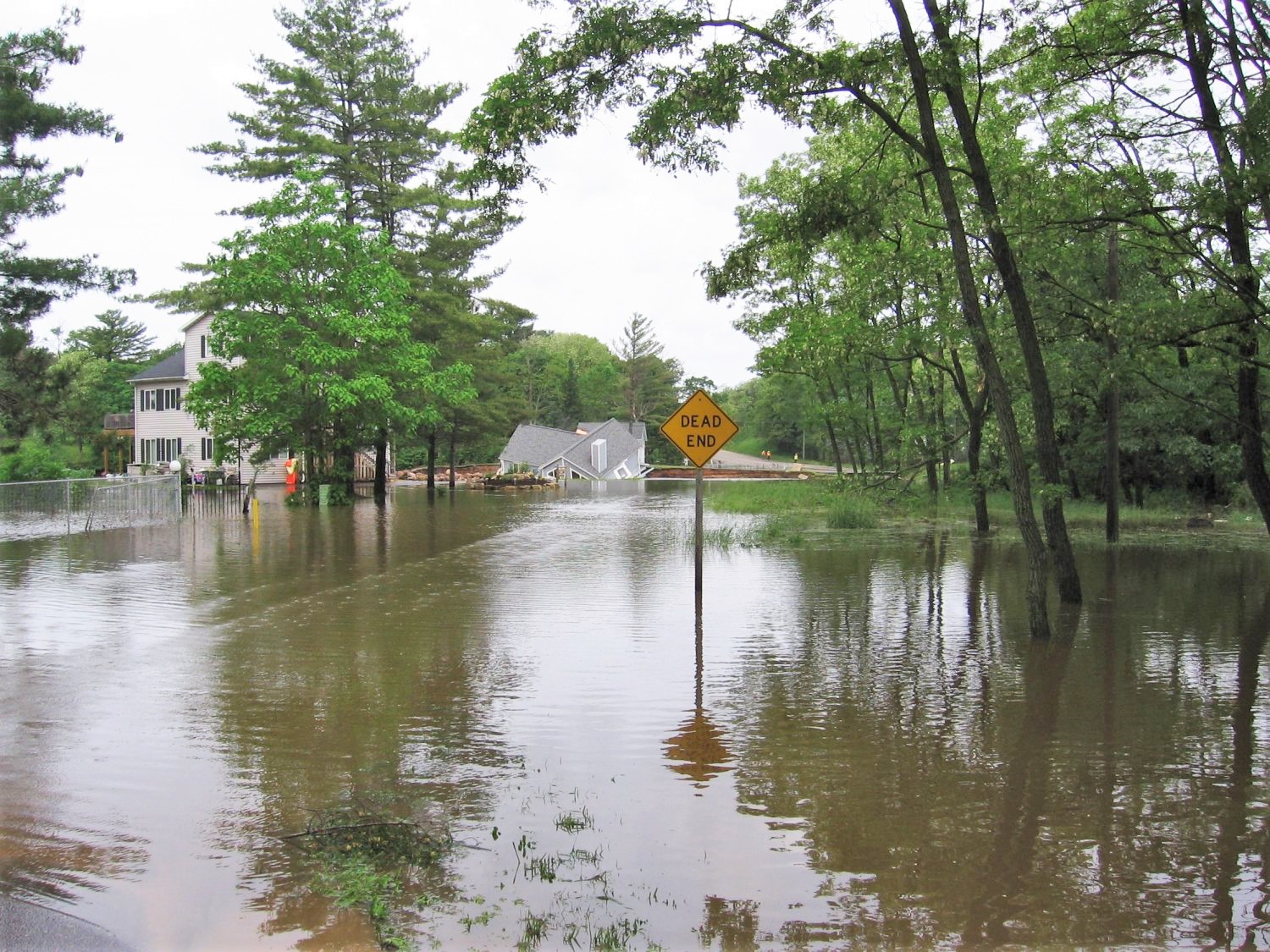
Resiliency
Fortifying municipal infrastructure is key to community resiliency, yet these investments often come with a large price tag. Fortunately, FEMA has a couple of mitigation programs in place to assist. The goal of this funding is to reduce or eliminate losses and to break the cycle of disaster-incurred damages.
BRIC: Building Resilient Infrastructure and Communities
The former FEMA Pre-Disaster Mitigation Grant Program (PDM) is now being replaced by a program called BRIC: Building Resilient Infrastructure and Communities. The program remains fundamentally the same and support states, local communities, tribes and territories in efforts to protect life and property from future disaster damage.
BRIC shifts the federal focus away from reactive disaster spending and toward proactive, research-supported investments in community resilience. It encourages capability- and capacity-building, community innovation, partnerships, shared funding mechanisms, and large-scale risk reduction and disaster mitigation projects. BRIC awards infrastructure investments and the build-out of “community lifelines” — things that enable the operation of vital business, critical functions of government and bolster the health and safety of people and the economy.
Some uses of BRIC funding include the fortification or construction of buildings and municipal infrastructure, tornado shelters, flood levees, aquifers, stormwater systems, utility grids, seismic and wind retrofits or evacuation structures. The funding can also be used for the acquisition and demolition of damaged homes and businesses or the study, modeling, mapping or planning efforts pertaining to stormwater, floodplain, or emergency management systems and procedures.
When pursuing BRIC funding, communities will apply as a sub-applicant of the state. Typically, the first step is to contact the applicant’s state Emergency Management/Homeland Security agency, which will then review the project, assess eligibility, and advise about next steps. Although the BRIC grant program application deadline is January 28, 2022, most states request that applications be completed a few months prior so they can be adequately reviewed before final submission. Communities with projects in mind for BRIC funding should consult with their applicant agency immediately to confirm sub-application deadlines, as they vary by state.
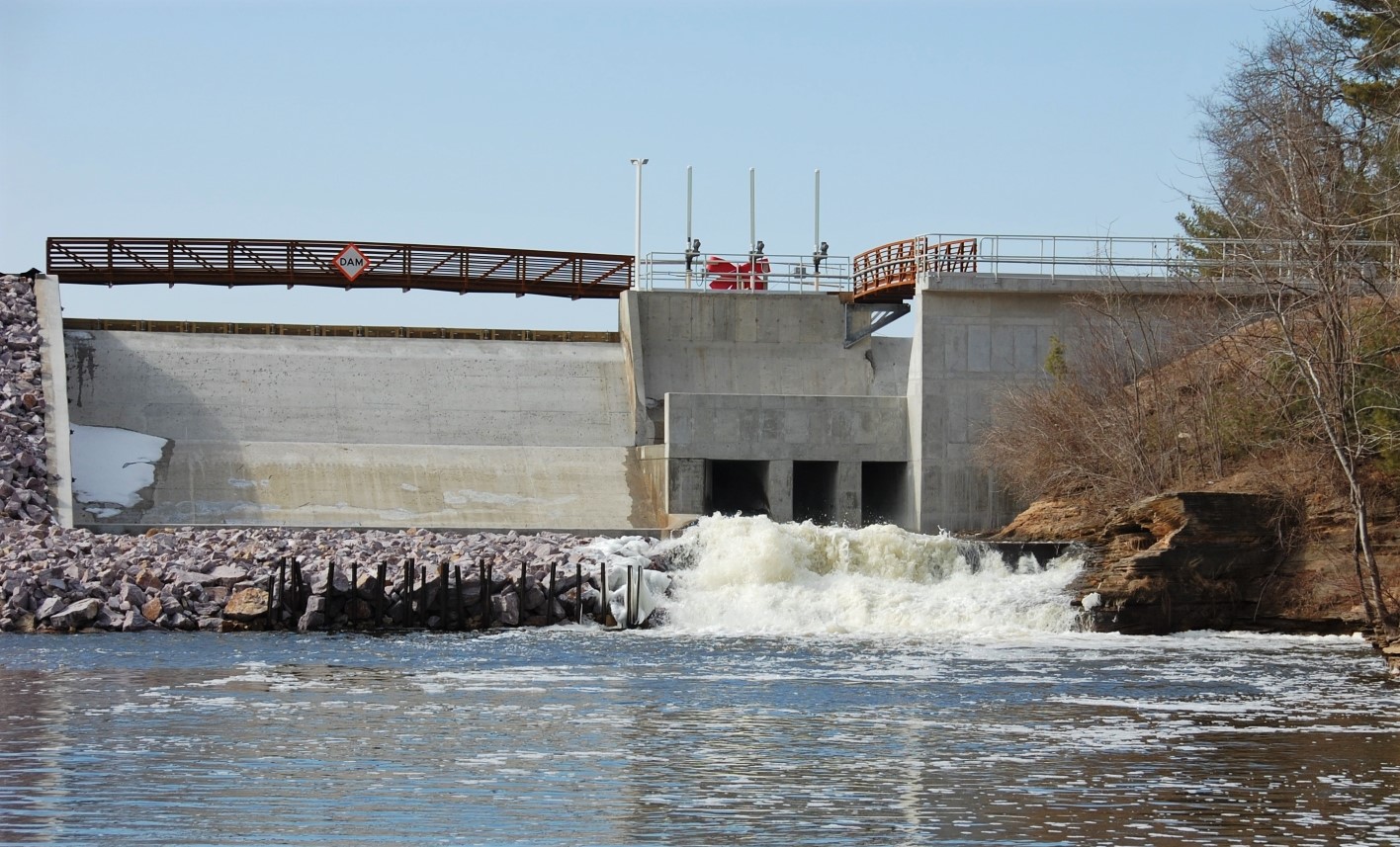
Lake Delton, Wisconsin, put a red bow on their new dam to celebrate the successful rebuilding of their community after a devastating flood.
Readiness
Communities of all sizes, in all locations, should have emergency plans, practices and procedures as part of their playbooks. It begins with inventory and documentation of community assets, infrastructure, maintenance and investments. And, it involves creating safeguards and redundancies to protect that data from any pending natural or man-made disaster.
Inventory and GIS-based Asset Management
Being organized and prepared is one of the very best safeguards against natural disasters. And, it can help secure communities critical funding dollars with much less hassle. First things first, take inventory. GPS-locate and take photos or video of all critical community assets, utilities and infrastructure. If disaster strikes, FEMA will want to know precise locations of these assets and the exact extent of damage incurred. Take detailed “before” photos in hopes of never needing to take “after” ones.
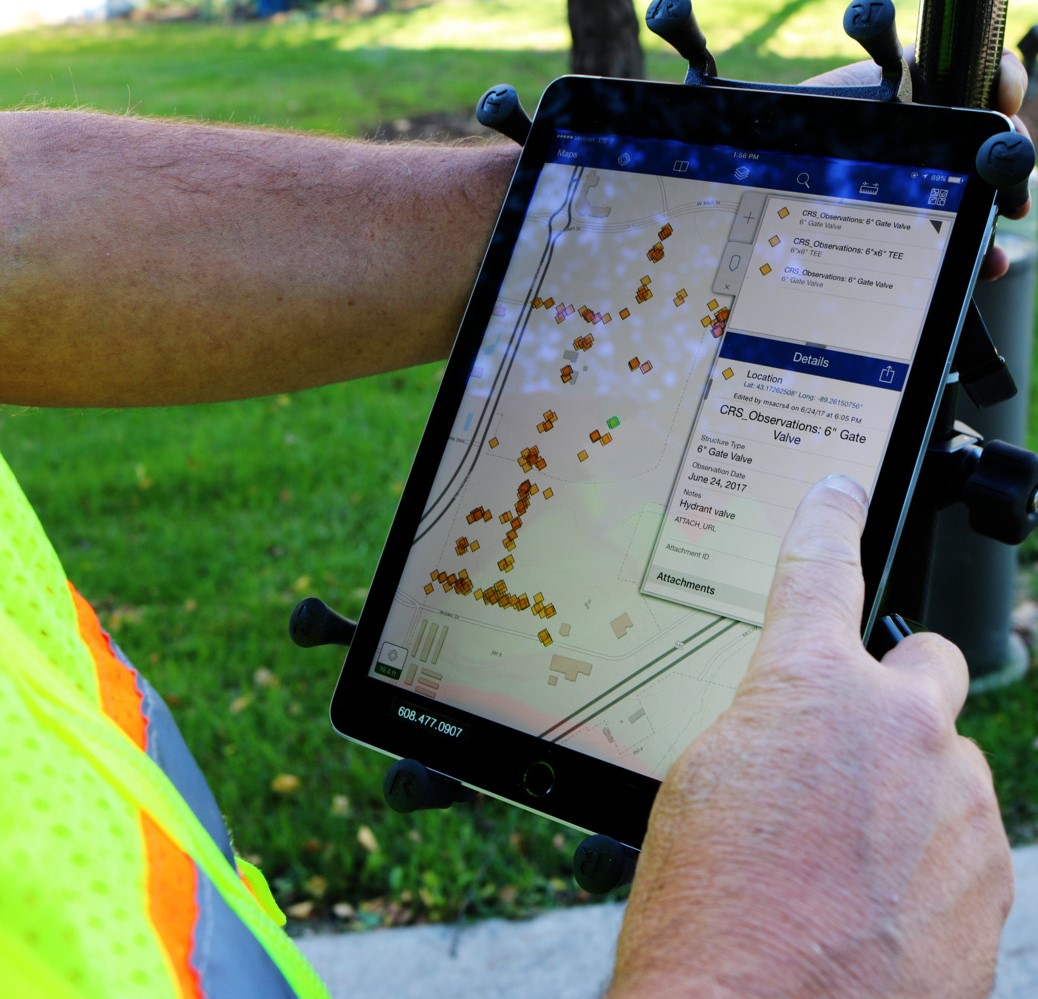
GIS can be instrumental and incredibly time-saving when it comes to this inventory phase. GIS allows municipalities to streamline data collection, tracking and management of things like water, sewer and stormwater systems, pavement and road conditions. It can also be used for the inventory of public waterways and creeks or as a means to map urban forests and the GPS-specific location of tree species, health, and maintenance. This can be instrumental in assessing tree damage after a storm or validating preexisting versus storm-related conditions and the valuation of replacement. All of this is developed on a cloud-based asset management system, readily accessible to anyone in any location.
Record-keeping
All record-keeping, critical community files, and maintenance logs should also be secured and duplicated or migrated to online, cloud-based platforms if possible. Make copies of any essential paper data and think of how to make these documents the most resilient. Where should they be stored for safety in case of a storm? Will they incur water damage or destruction? Consider making multiple copies, transferring them to digital files, storing in a secure waterproof, fireproof vault such as within a bank, or use a third-party service for cloud storage. Redundancy and resiliency are key.
American Rescue Plan Act funding is available to help communities implement GIS asset management systems or to support the transfer of files from paper to digital, cloud-based systems for storage.
Disaster Emergency Plan
Create a Disaster Emergency Plan that clearly details and defines the roles and responsibilities of all parties involved in preparation and response efforts. Coordination and communication between emergency services, local authorities, state and federal agencies is critical to the successful implementation of an emergency plan. The plan should include an assessment of disaster-prone areas and infrastructure, estimated frequency of occurrence (both historical and predicted/probable), location of emergency resources such as equipment, names and contact information of local, regional and state disaster response personnel, traffic and evacuation routes/corridors/detours and reliable community warning mechanisms.
Assistance to Firefighters Grant Program (AFG)
The FEMA-administered Assistance to Firefighters Grant (AFG) Program provides direct grant assistance to local fire departments and unaffiliated EMS organizations. AFG channels critical funding to a variety of career, volunteer, and paid on-call fire departments serving urban, suburban and rural areas across the nation. There is no set geographical formula for the distribution of AFG fire grants. Fire departments throughout the nation apply, and award decisions are made by a peer panel based on the merits of the application and the needs of the community. AFG dollars can be used to support three main pillars of safety: the purchase of needed equipment, training for fire department or EMS staff, or for fire prevention/firefighter health and safety projects.
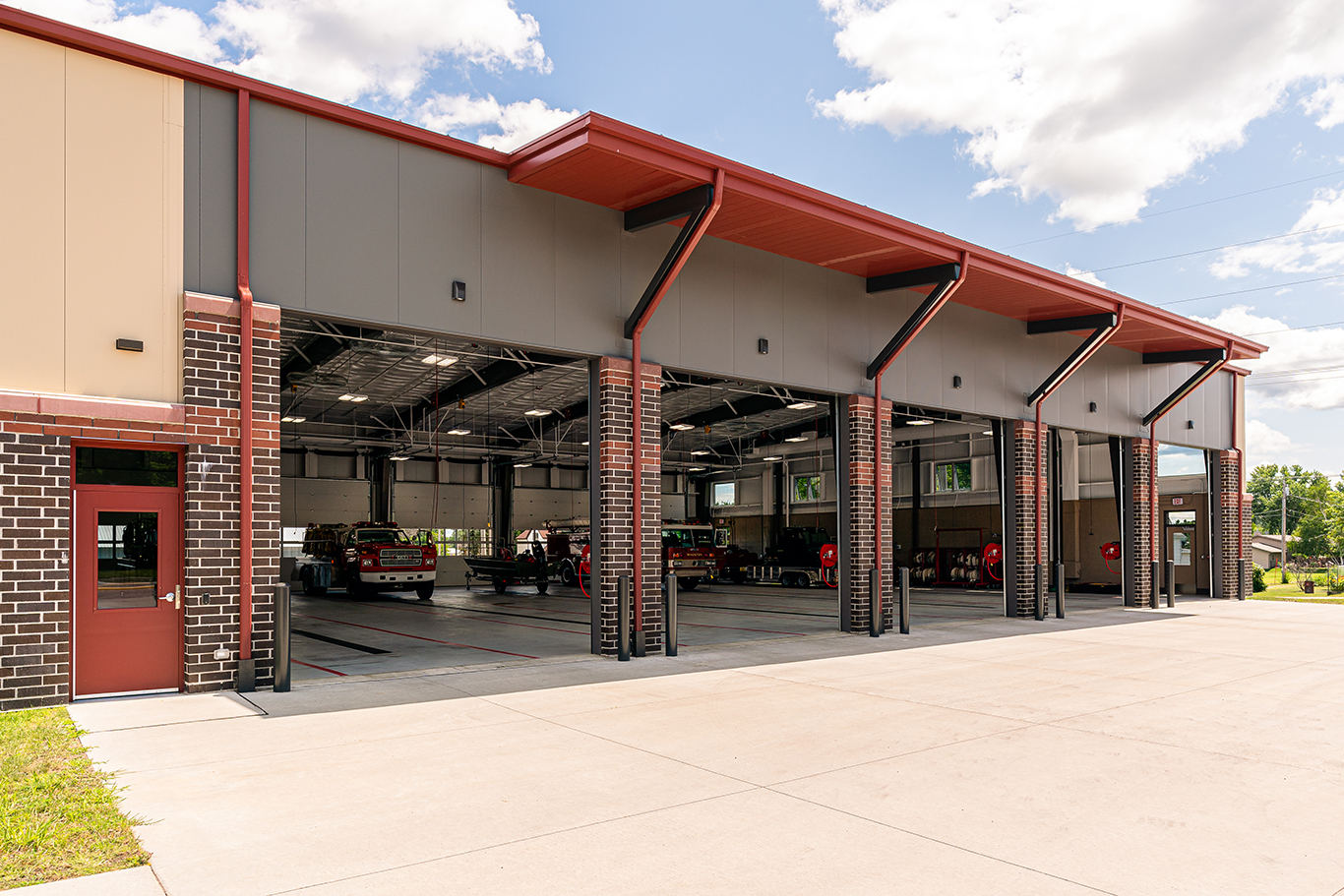
New upgraded and expanded fire station in the City of Mauston.
Recovery
Hazard Mitigation Grant Program
The Hazard Mitigation Grant Program (HMGP) is a funding mechanism that may be utilized only after a presidentially declared disaster. These grants aim to reduce disaster losses and to help citizens and communities recover from an emergency. They are awarded to eligible states, tribes and territories who may, in turn, provide sub-grants to local governments. While homeowners and businesses cannot directly apply for HMGP grants themselves, a local government may apply for funding on their behalf.
HMGP funds may be used to fund a variety of projects, including the retrofit of existing buildings to make them less susceptible to damage, purchasing hazard-prone property to remove residents or businesses from harm’s way, utility or infrastructure retrofits, drainage improvements, slope stabilization projects, aquifer storage, floodplain or stream restoration, flood diversion, green infrastructure, or the development and adoption of hazard mitigation plans, which are a requirement in order to receive funding.
Typically, HMGP applications are due to FEMA within 12 months of the date of the presidential major disaster declaration, but communities are best off contacting their state offices for application deadlines, as they can vary.
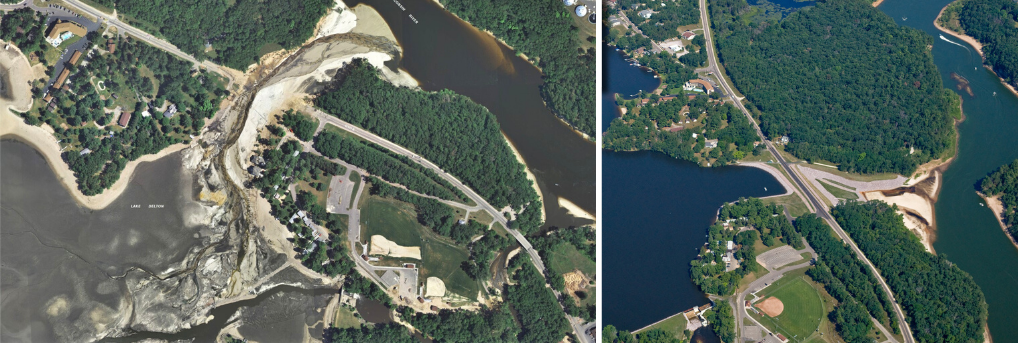
After a catastrophic flooding event in Lake Delton, Wisconsin, the community rebuilt with a new dam, reconstructed roadways and utilities.
FEMA Public Assistance Program
Similar to the Hazard Mitigation Grant Program discussed above, the FEMA Public Assistance Program begins with a presidential declaration and is tied to the official designation of such. These funds provide supplemental grant assistance to state, tribal, territorial and local governments — as well as eligible private non-profits — to respond to and recover from major emergencies or natural disasters. Once a disaster has been declared, many different layers of government and community organizations must be prepared to work together to meet program requirements and deadlines in a quick and efficient manner.
In this program, eligible projects funded must be categorized as either Emergency or Permanent. Emergency work is defined as either critical debris removal or emergency protective measures. Permanent work may include road and bridge reconstruction, water control facilities, public buildings and content, public utilities, and park, recreational or other vital public facilities. Emergency projects are required to be complete within six months; permanent work projects must be complete within 18 months. Both categories must prove to be essential as a result of the declared incident and must be located within the designated disaster area. Funding is directly tied to the eligible work and must be thoroughly “documented, authorized, necessary and reasonable,” with potential costs covering labor, equipment, materials, contract work and administration.
FEMA Public Assistance grants tend to evolve through a set of lifecycle phases: pre-award (application and award package development); award (approval and funding allocation); post-award (fund maintenance, monitoring and reporting), closeout (FEMA evaluation, financial/appeal reconciliation, final reporting, appeal/debt actions); and post-closeout (as necessary, FEMA debt collections, audits or adjustments).
It is imperative for communities seeking public assistance dollars to be meticulous in their maintenance and recording logs in order to gain reimbursement for damages.
For a more in-depth conversation about FEMA funding, tune into this companion MSA webinar from September 14, 2021. In the presentation, MSA experts discuss current FEMA programs, with tips on navigating the process and successful case studies. Former City Manager at Hiawatha, Iowa, Kim Downs joins the conversation to share the trials and triumphs following a massive derecho event that struck her community in 2020.
Still have questions about FEMA programs and deadlines? MSA is here to help.
